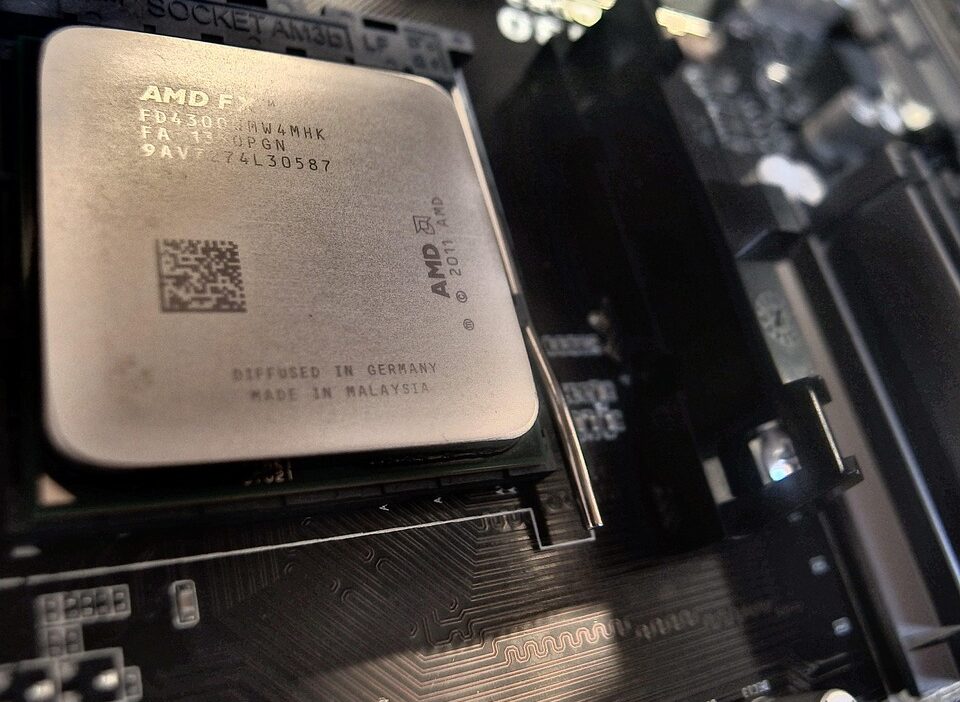In an era dominated by the technological advancements and fierce competition in the semiconductor industry, few stories are as compelling as that of AMD (Advanced Micro Devices). Once overshadowed by its larger rival Intel, AMD’s resurgence, particularly with the introduction of its Ryzen line of processors, has transformed it into a formidable player in the CPU market. This article explores the key factors that contributed to AMD’s rise and how Ryzen reshaped the landscape of computing.
1. The Crucible: A Struggle for Relevance
AMD’s journey into the spotlight was not without its challenges. For years, the company struggled to compete with Intel’s dominance, grappling with product delays, design missteps, and performance gaps. By the early 2010s, while Intel continuously rolled out powerful processors, AMD found itself relegated to a niche market, often known for its budget picks rather than high-performance computing.
Recognizing the need for a paradigm shift, AMD embarked on a decade-long journey of innovation that would redefine its product offerings and ultimately revive its fortunes.
2. Architecting Success: The Zen Microarchitecture
The turning point for AMD came with the introduction of the Zen microarchitecture in 2017. A leap forward in performance and efficiency, Zen was built from the ground up as part of a bold strategy to reclaim lost ground in the CPU market. This architecture not only featured significant improvements in instructions per clock (IPC) but also allowed for higher clock speeds and better power efficiency.
Integral to the success of the Zen architecture was its 14nm FinFET manufacturing process, which allowed AMD to pack more transistors onto a chip, leading to better performance in multi-threaded tasks—an increasingly important factor as software grew more complex.
3. The Birth of Ryzen
With the Zen architecture came the launch of the Ryzen family of processors in March 2017. The Ryzen 7 1800X, a flagship 8-core, 16-thread CPU, was met with widespread acclaim for its competitive performance against Intel’s offerings and a more appealing price point. The Ryzen brand quickly gained traction among gamers, content creators, and PC enthusiasts, and AMD positioned itself not just as a viable alternative to Intel, but as a leader in performance-per-dollar metrics.
The introduction of Ryzen not only shook the CPU market but also forced Intel to reevaluate its pricing and product strategies, leading to more competitive products across different segments.
4. Continuous Innovation: Ryzen 2000, 3000, and Beyond
AMD didn’t rest on its laurels after the success of the first Ryzen generation. Subsequent releases in the Ryzen lineup, including the 2000, 3000, and 5000 series, brought further refinements and improvements. Notable advancements such as the transition to the 7nm process technology with the Ryzen 3000 series significantly boosted performance and efficiency, making it increasingly difficult for Intel to keep pace.
The 5000 series, utilizing the latest Zen 3 architecture, emphasized single-threaded performance and gaming capabilities, winning numerous awards and accolades. This relentless innovation showcased AMD’s commitment to pushing boundaries and meeting the evolving demands of consumers.
5. Entering the Data Center: AMD’s EPYC Advantage
While Ryzen captured the consumer market, AMD also made strategic inroads into the data center with its EPYC line of processors. Leveraging the same Zen architecture, EPYC chips offered substantial performance gains in multi-threaded workloads, making them a viable alternative to Intel’s Xeon processors.
With features such as support for high RAM capacities and PCIe 4.0, EPYC began to capture market share from Intel, particularly in sectors requiring powerful processing capabilities, such as cloud computing and enterprise applications. The shift in focus to data centers positioned AMD not just as a consumer brand but as a serious competitor in the enterprise landscape.
6. A Cultural Shift: Community Engagement and Ecosystem Development
AMD’s rise can also be attributed to its strategic engagement with developers, gamers, and the broader tech community. By actively fostering partnerships, sponsoring gaming events, and investing in open-source software initiatives, AMD built a loyal following eager to champion its products.
Moreover, the compatibility of Ryzen processors with a wide range of motherboards and platforms, coupled with AMD’s commitment to backward compatibility, has made the ecosystem surrounding Ryzen robust and supportive, further enhancing consumer confidence.
Conclusion: A Future of Possibilities
The rise of Ryzen marks a significant chapter in the history of the semiconductor industry. Through innovative technology, strategic positioning, and engagement with the community, AMD has not only reclaimed its place in the CPU market but has also reshaped the competitive landscape.
As we look to the future, AMD’s ongoing commitment to innovation promises to deliver even more powerful and efficient processors. With the expansion of AI and machine learning, potential advances in computing architecture, and continued engagement with developers and consumers, the next decade is poised to be as exciting as the last for AMD and its Ryzen processors. The resurgence of AMD is not just a win for the company but for consumers worldwide, driving innovation and competition that benefits all.



